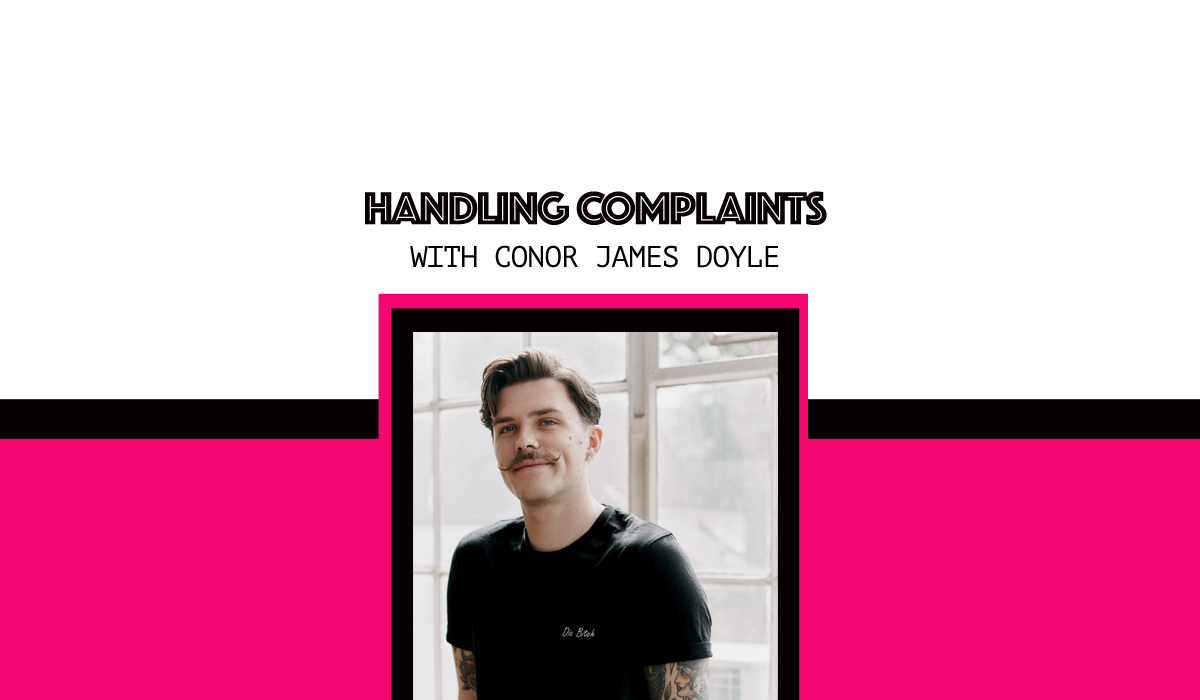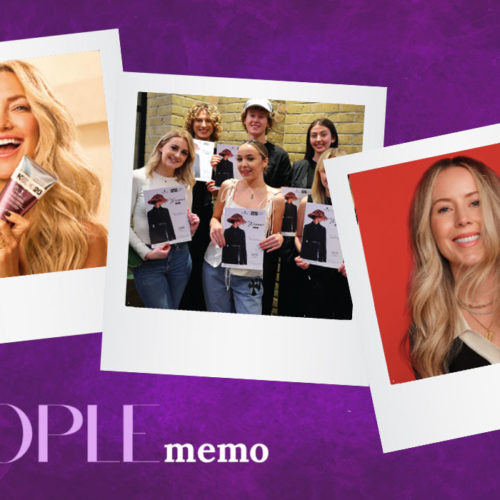In the first of a 2-part series, Content Creator Conor James Doyle of Conor James Education delves into how to deal with tricky situations.
I can already sense eyeballs rolling, but the subtle art of handling a complaint is entirely dependent on how well you set up your prevention; it’s the precursor to your complaint management. I promise if you tick all the boxes below, those tetchy redos will not only be wildly less frequent, but easier to resolve too.
PREVENTION TACTICS
How you set the space for the following is absolutely critical:
- Expectations
- Variability
- Process
It can change your appointment from a disastrous ‘ground swallow me up’ moment, to just a comfortable part of the process.
MANAGING EXPECTATIONS
Ask clients to bring photos of things that they HATE. People are often much more well-versed in expressing their dislikes. Pay close attention to these ‘hate’ photos and if any resemble a result you could end up with as part of their journey, be sure to flag it. Strand tests are non-negotiable. Physically showing them a result and saying ‘this is a hint of what we can get today’ will manage their expectation. If you find yourself getting lost or challenged in a consultation, remember this golden phrase; ‘this is what I can do, this is what I can’t; are you happy to go ahead?’ The information is clear and the choice is theirs.
VARIABILITY
Explain that variables and tweaks area normal part of the process. I always say “Hair colour is just making an educated guess. There might be a few parts I’ll want to dry and assess, to potentially re-tone or make other adjustments. I’ll keep you informed the whole way and we’ll make the decisions together.”
This not only removes heaps of anxiety from you and your client, it sort of breaks the fourth wall between customer and clients making you equal in the process. They will not be sitting feeling like whatever happens is out of their control and will feel comfortable asking questions or making suggestions. It will also prevent you panicking at the basin and toning down something the client might actually have liked if you had let them see.
PROCESS
- Transparency is your friend.“These foils are taking a bit longer, I can re-apply again but it’s going to cost a bit more or are you happy to let them lift to what they will?”
- Before the reveal, ALWAYS normalise the process. “I’m just going to dry a bit off first and have a look in a few lights to see if anything needs to be done”. When doing this, also invite the client to have a look.
- If it’s not right, break the tension immediately. If you can see an obvious error, it’s important you fix it regardless. This is where the careful use of language is so important.
For related articles, click here
For the Conor James Education website, click here





